Africa’s Great Rift Valley is one of the world’s most distinctive geo-morphological features, cutting through the continent from from Syria in the Middle East, right down to Mozambique in south-eastern Africa. A section of this massive fracture line in the earth’s surface, transects Kenya from north to south.
Straddling the flour of the Rift Valley is a chain of soda lakes. These lakes are generally shallow, alkaline lakes with relatively small inlets and no surface outlets. Surrounding the lakes are dramatic escarpments, interspersed by volcanoes, steaming Fumaroles, hot springs and occasionally host the feeding and movement of massive flocks of lesser flamingos. The alkaline lake waters support a prolific growth of green algae (Spirulina platensis), the main food of the itinerant Rift Valley population of lesser flamingos which congregate in the lakes in great numbers.
Lying at an altitude of 1670 meters ASL, Lake Elementaita is one of the lesser-known ‘soda lakes’ in Kenya’s Rift Valley.
Like other alkaline lakes, the ecology of Elementaita is greatly influenced by rain and water levels. The lake levels fluctuate and in some cases the lake has been known to dry up completely. In 2009, after a ravaging drought, Scientists and conservationists stated with alarm the lake was on its deathbed. By 2011, the water levels had risen considerably flooding the trails that used to run around the lake shore.
The Lake derived its name from the maasai word ‘Olmuteita’ meaning ‘place of dust’ a reference that aptly describes the dusty conditions in the area especially during the extreme hot dry January to March period. The lake is also very shallow (< 1 m deep) and during the dry season is characterized by expansive mudflats.
During the rainy season, Elementaita is transformed into a beautiful, thriving green landscape. The varied terrain offers volcanic hills, acacia woodlands, grassy plains and stands of Warburgia fever trees. Odd geometric patterns, craters, lava flows and plugs depict the remnants of the region’s rich volcanic history.
© Ninara
© Ninara
© Ninara
© Ninara
© Ninara
“If you turn your head to the side, you’ll see the old man sleeping.” It was as though creation has somehow sculpted a sleeping old man from a hilltop.
© Ninara
The lake is fed by two small streams flowing from the eastern plateau. Majority of the inflow however comes from the ‘kekopay’ hot springs, both fresh water and hot saline, bubbling up at the south end of the lake. The hot springs are very popular for bathing, the local Maasai in-fact claim that the springs can cure diseases.
© Ninara
Livestock rearing is a major activity in the surrounding areas.
© Ninara
Bird-watchers will relish a trip to Lake Elementaita, the lake basin area has over 400 recorded bird species, among which 13 are globally-threatened and 8 are regionally-threatened. Elmenteita attracts visiting flamingoes, both the Greater and Lesser varieties, which feed on the lake’s crustacean and insect larvae and on its suspended blue-green algae. A number of low, rugged, lava-rock islands in the shallows are the nesting site of the Great White Pelican, the lake hosts an estimated 8000 breeding pairs. Additionally the Lake is an important flyway passage and stopover for migrant birds from northern Asia and Europe, hosting over 100+ species of migratory birds. Some of these include the yellow billed stork and marabou stork, African spoonbill, black winged stilt, black-necked grebe, gull billed tern, little grebe, grey-headed gull and pied avocet.
There is lots to do and see in Elementaita. Nearby is the Kariandusi Museum, an important prehistoric site where stone handaxes and cleavers were discovered in 1929 by Louis Leakey. There is also the neighboring Soysambu conservancy is home to a variety of wildlife such as cheetah, water buck, jackal, leopard, lion, zebra, warthog, gazelle, eland, buffalo and giraffe.
Less than two hours by road north of Nairobi, Lake Elementaita makes an excellent base for visiting the many game parks, national parks and preserves located in this part of the Rift Valley.
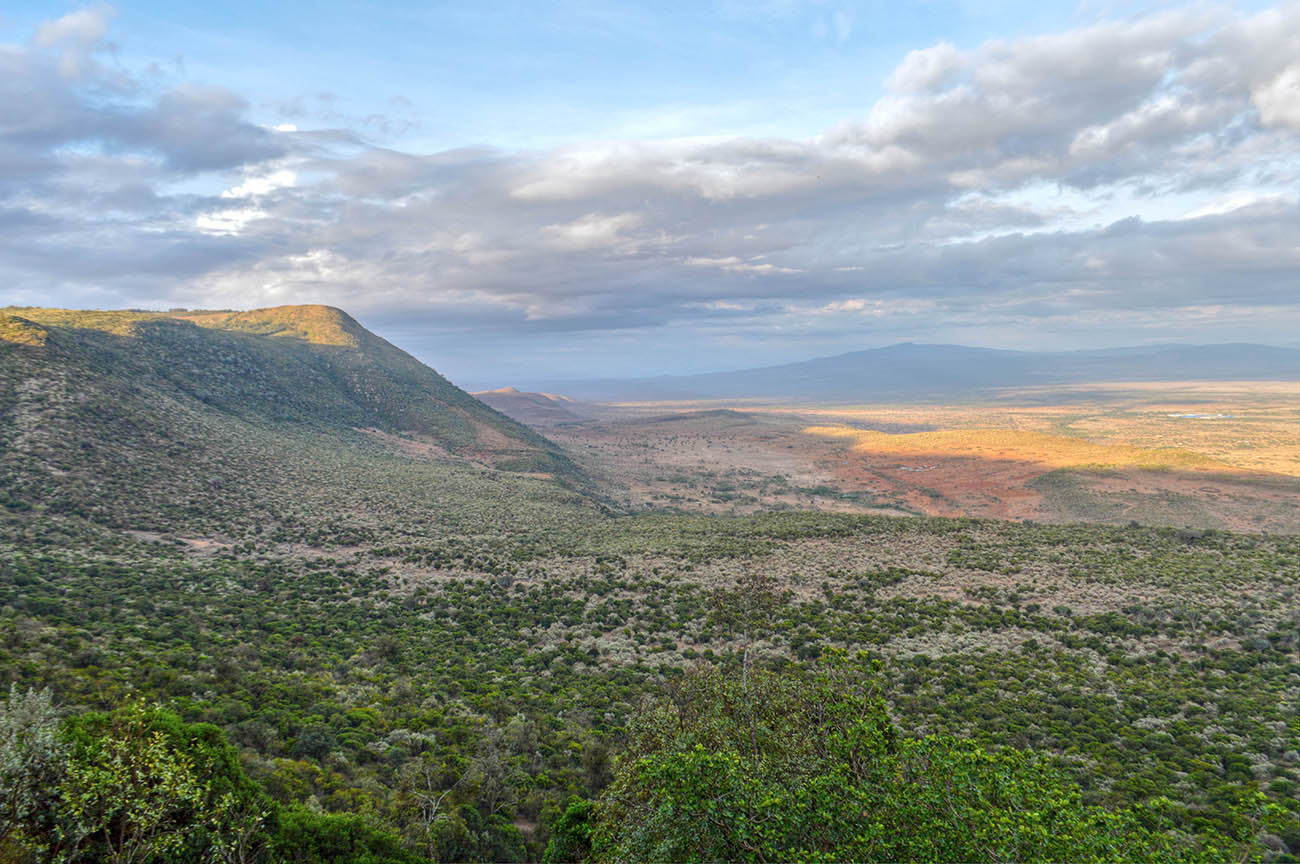
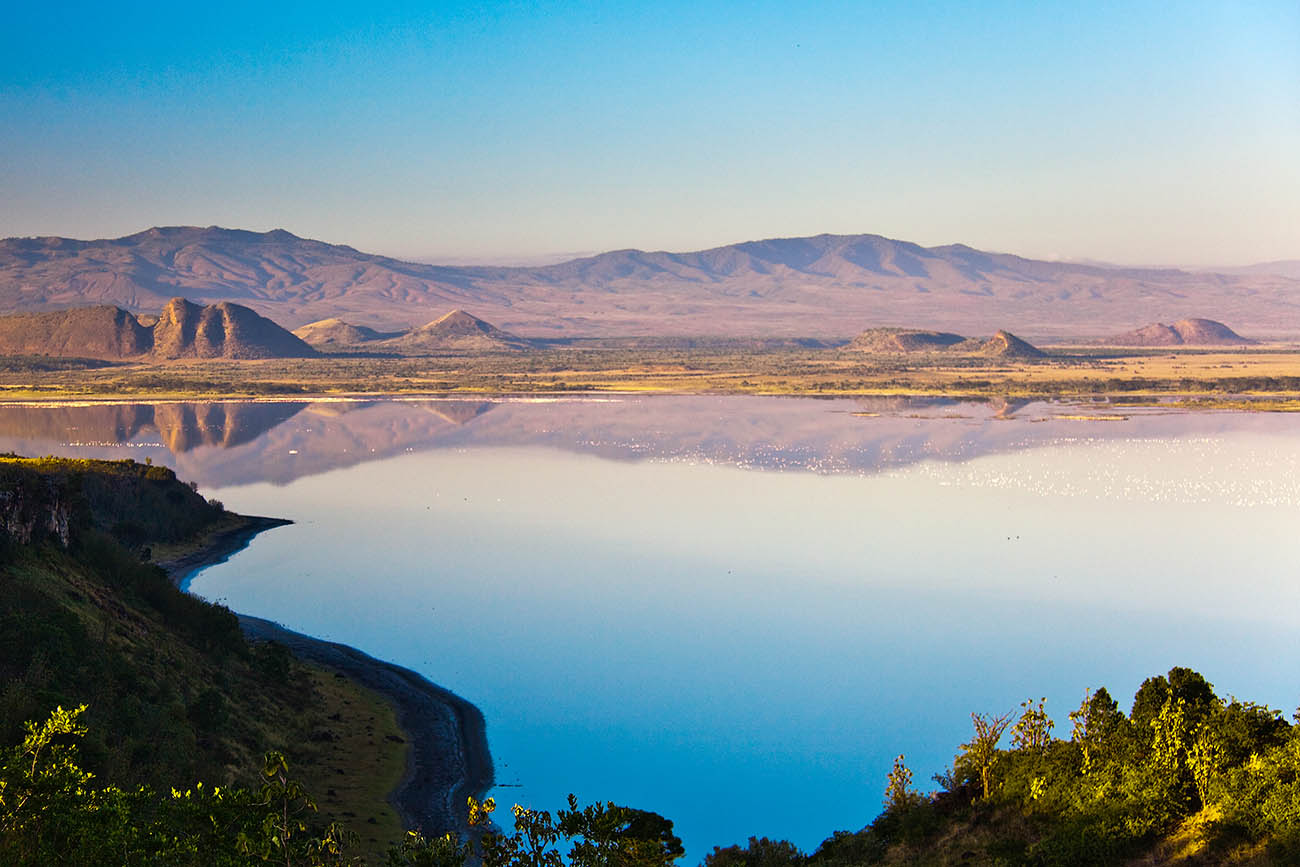
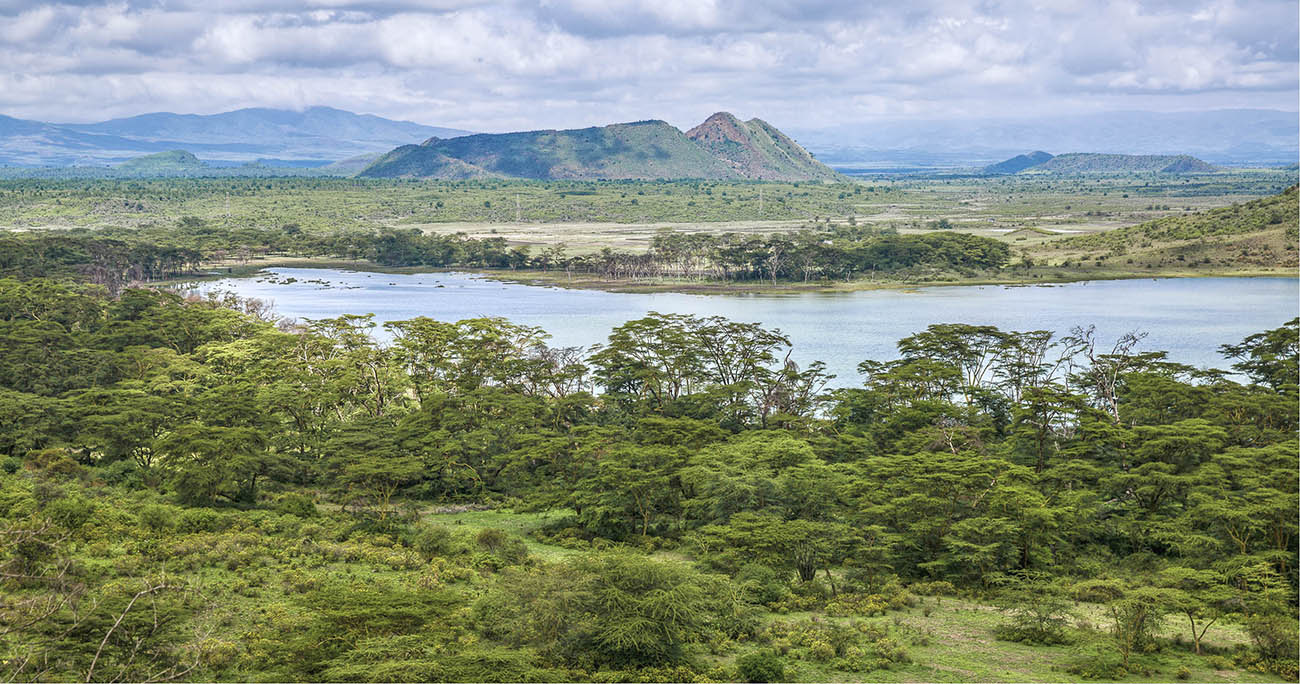
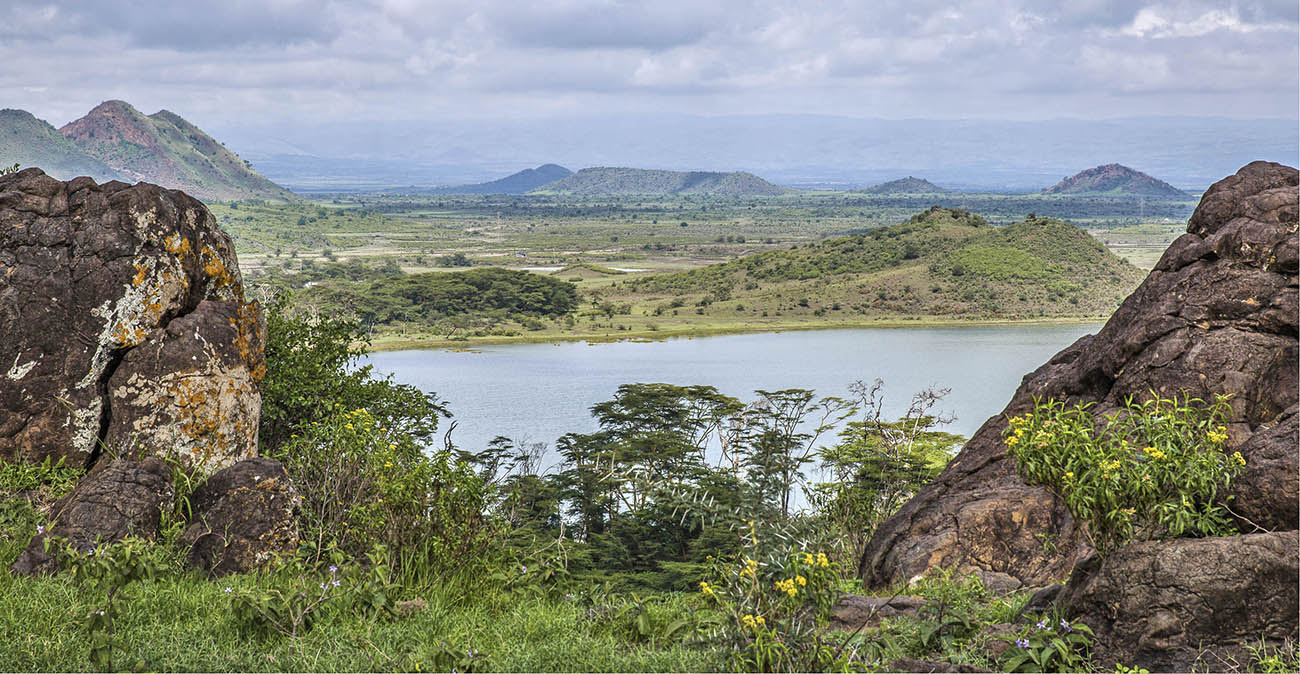
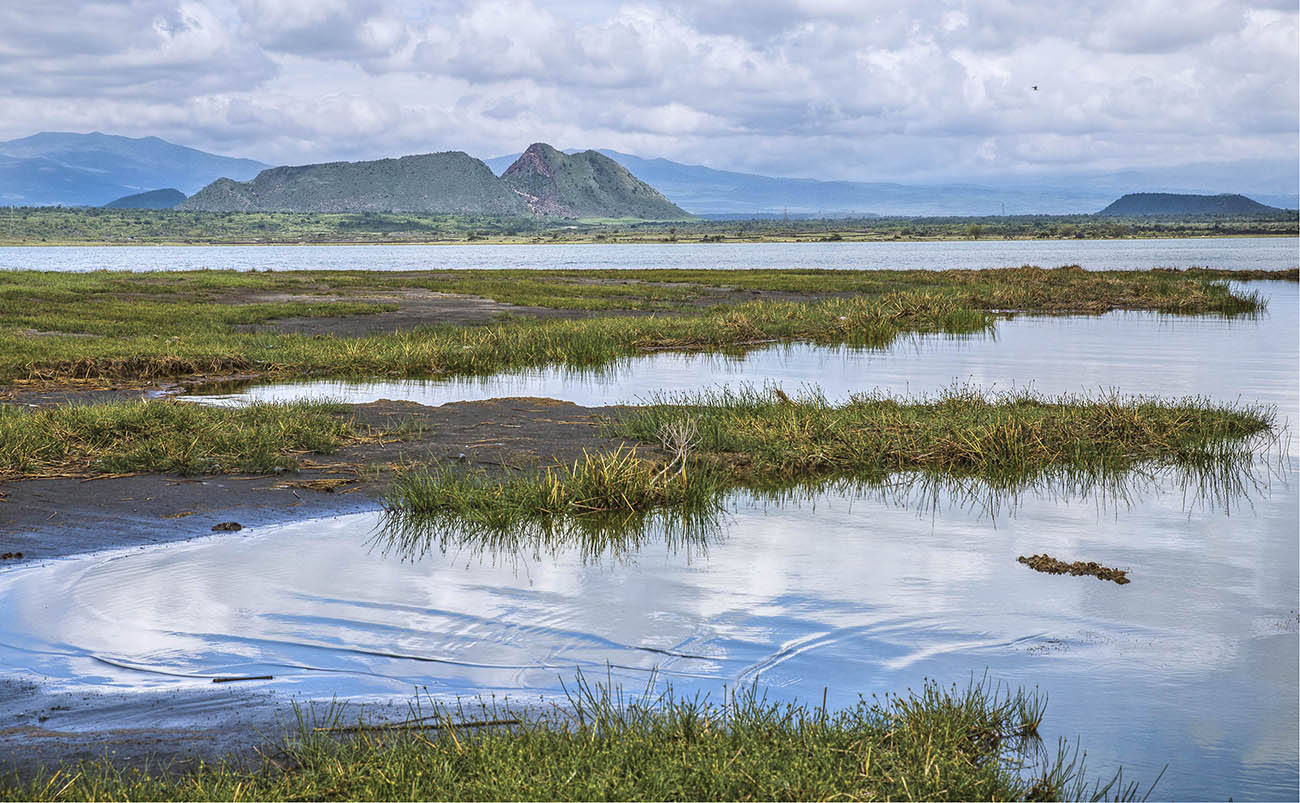
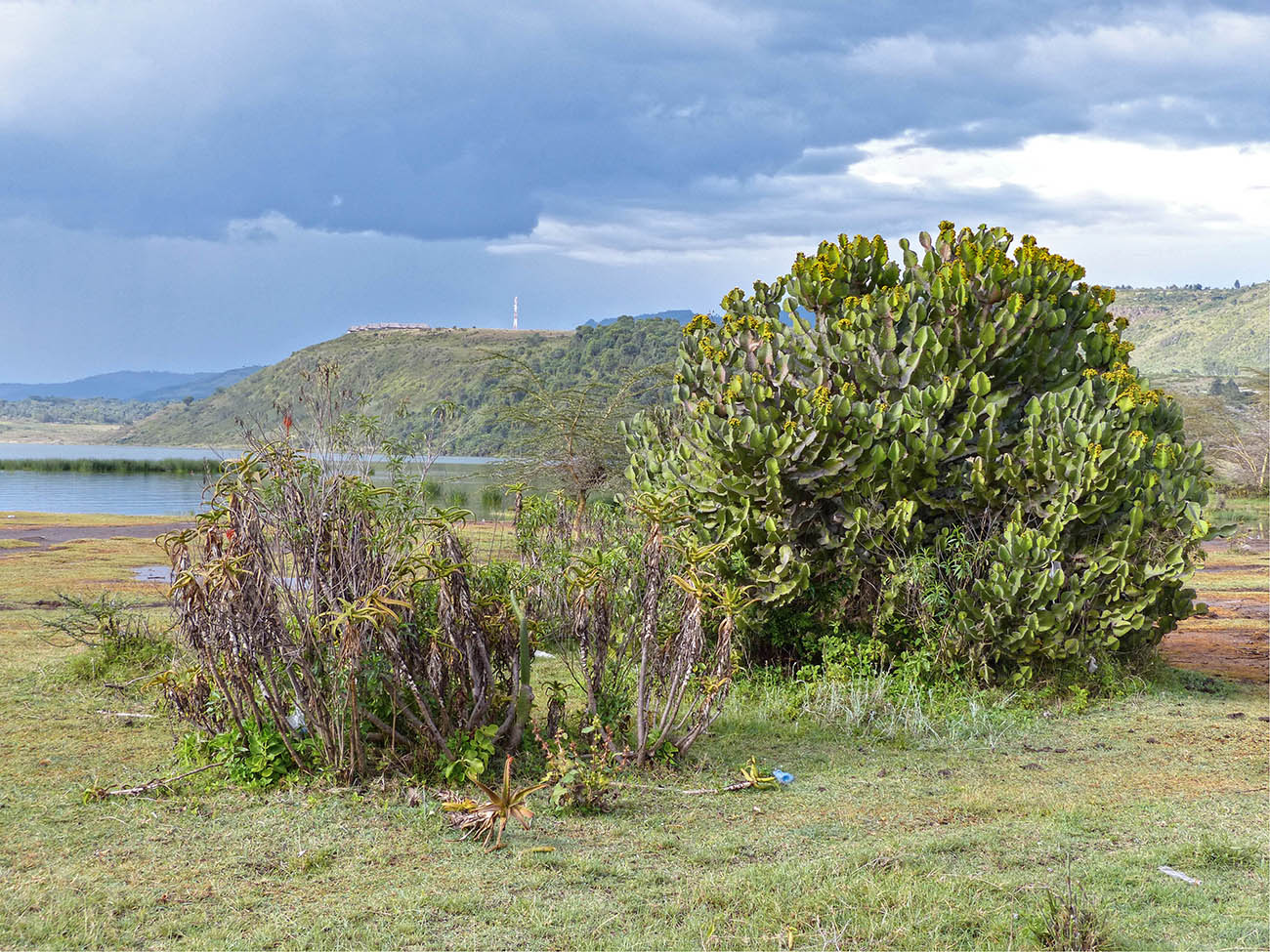
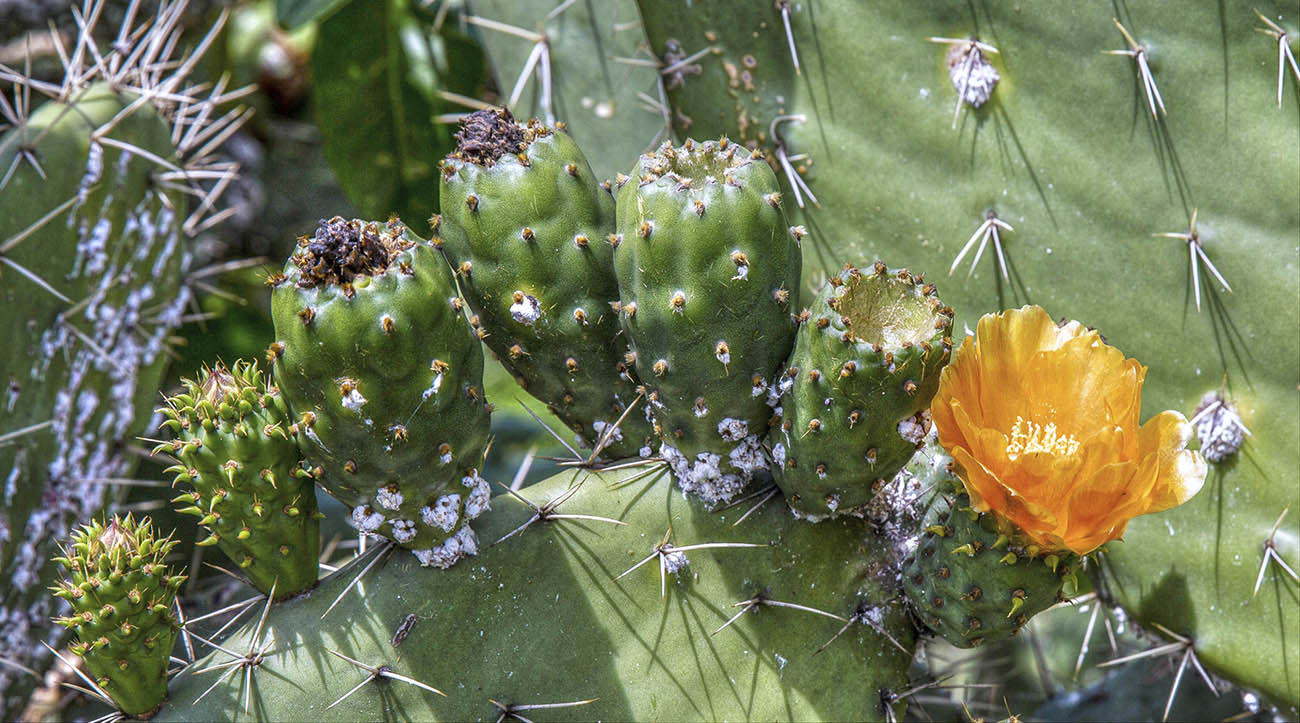
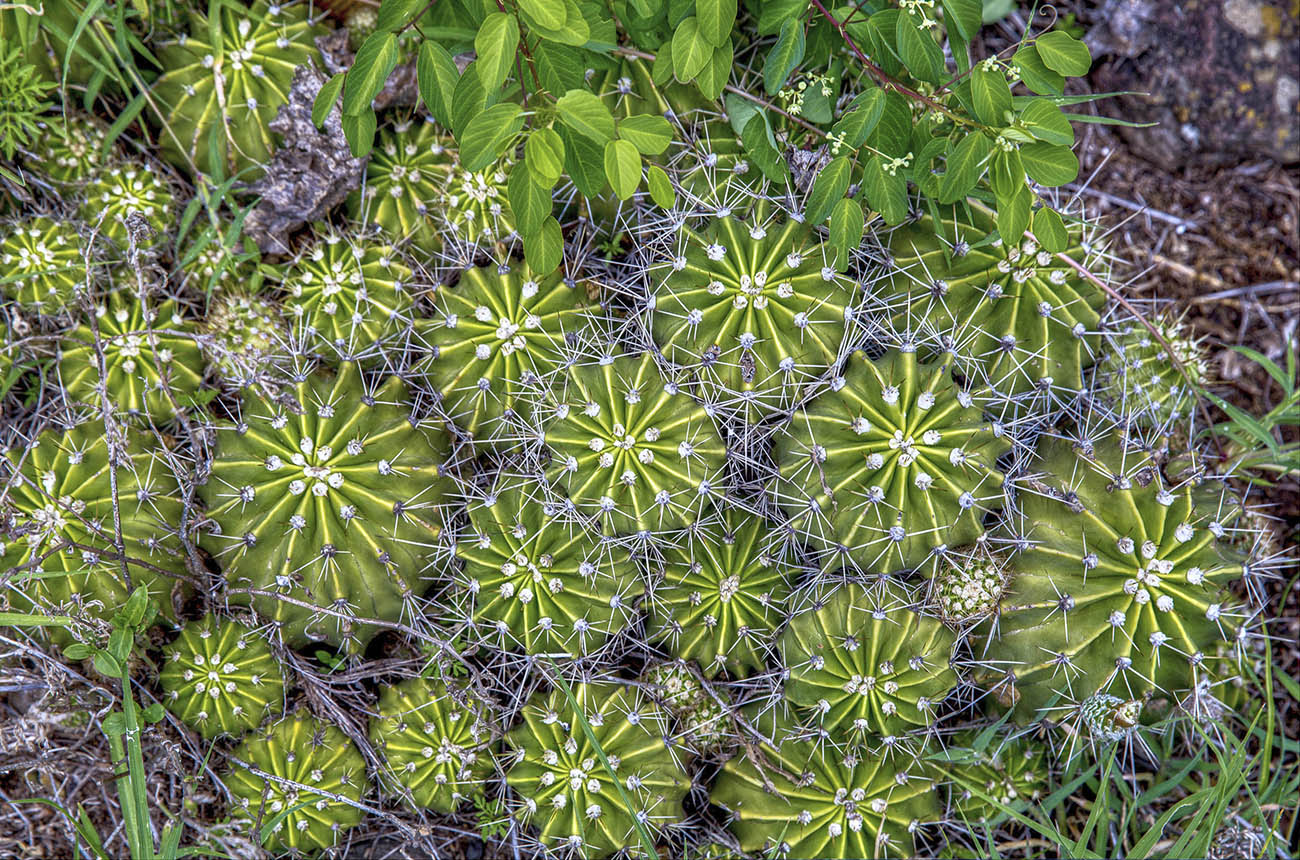
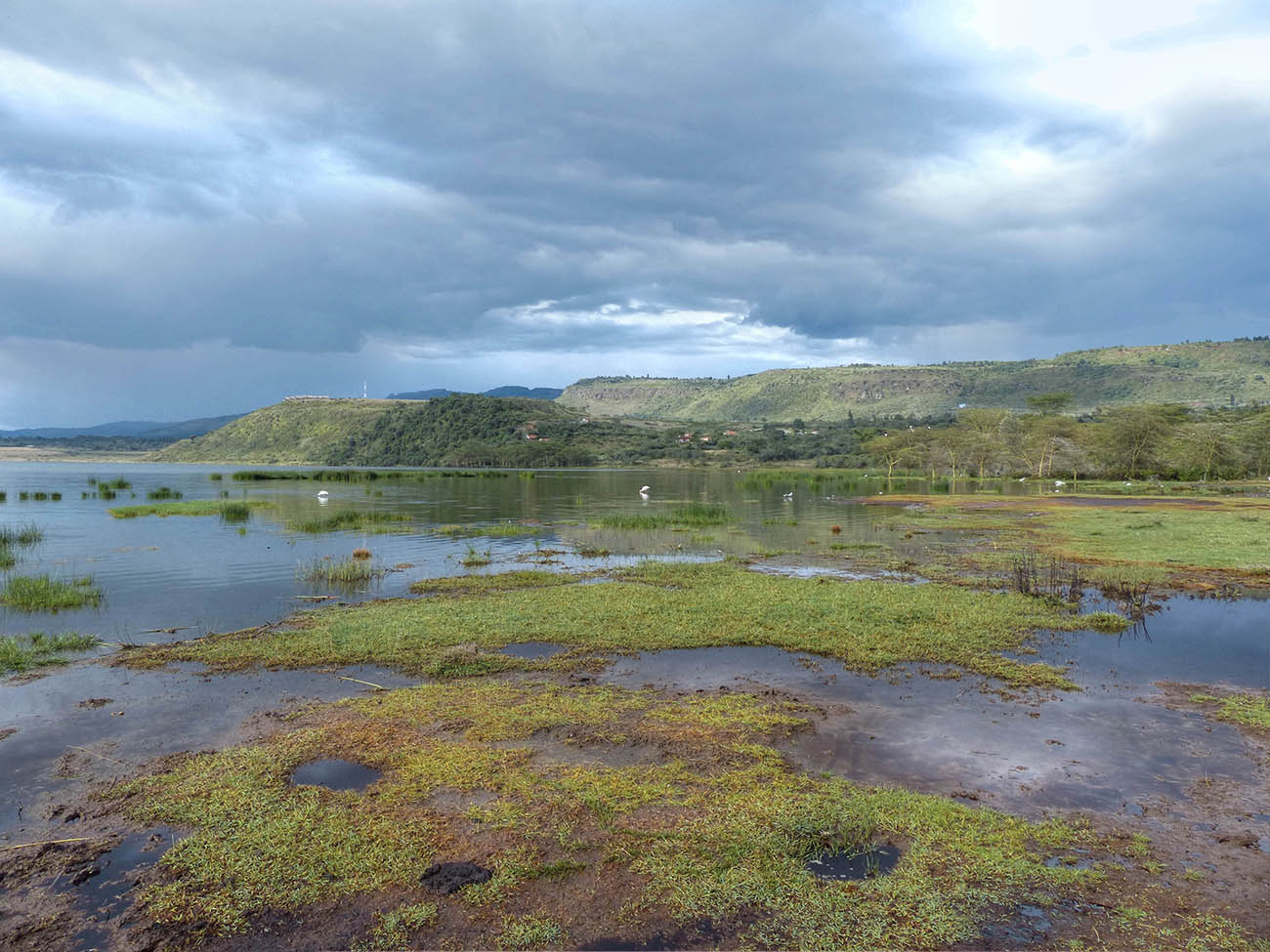
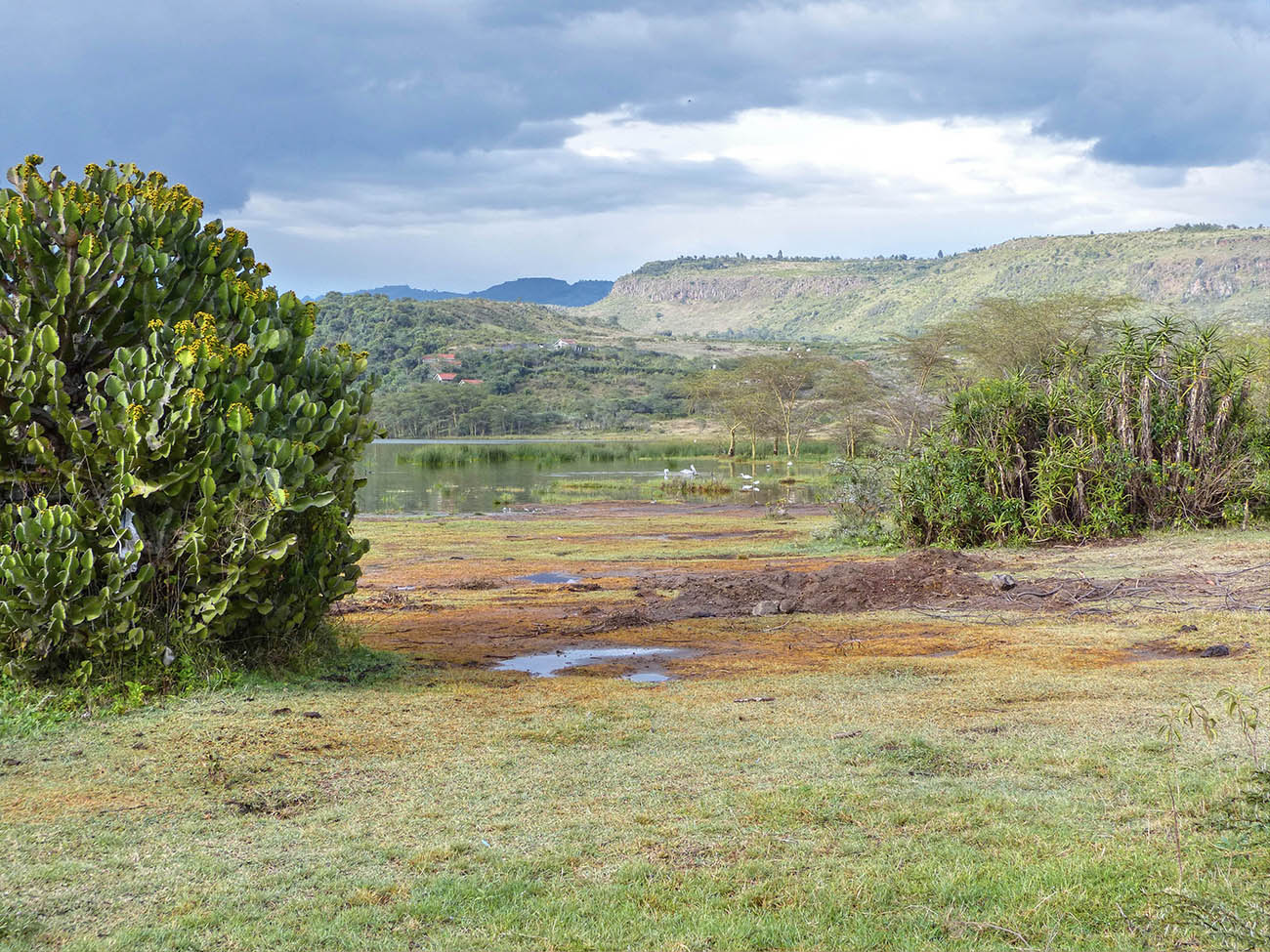
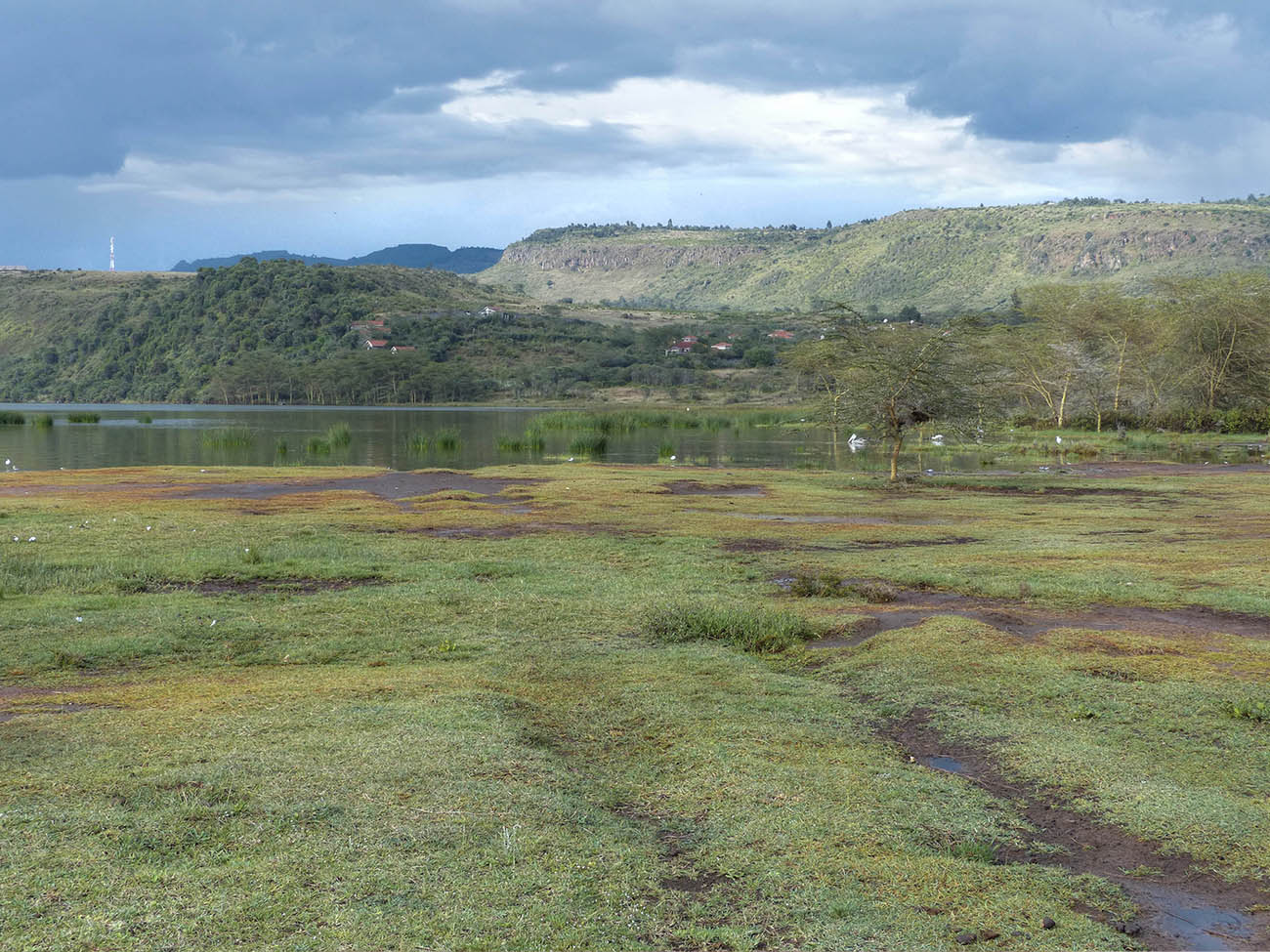
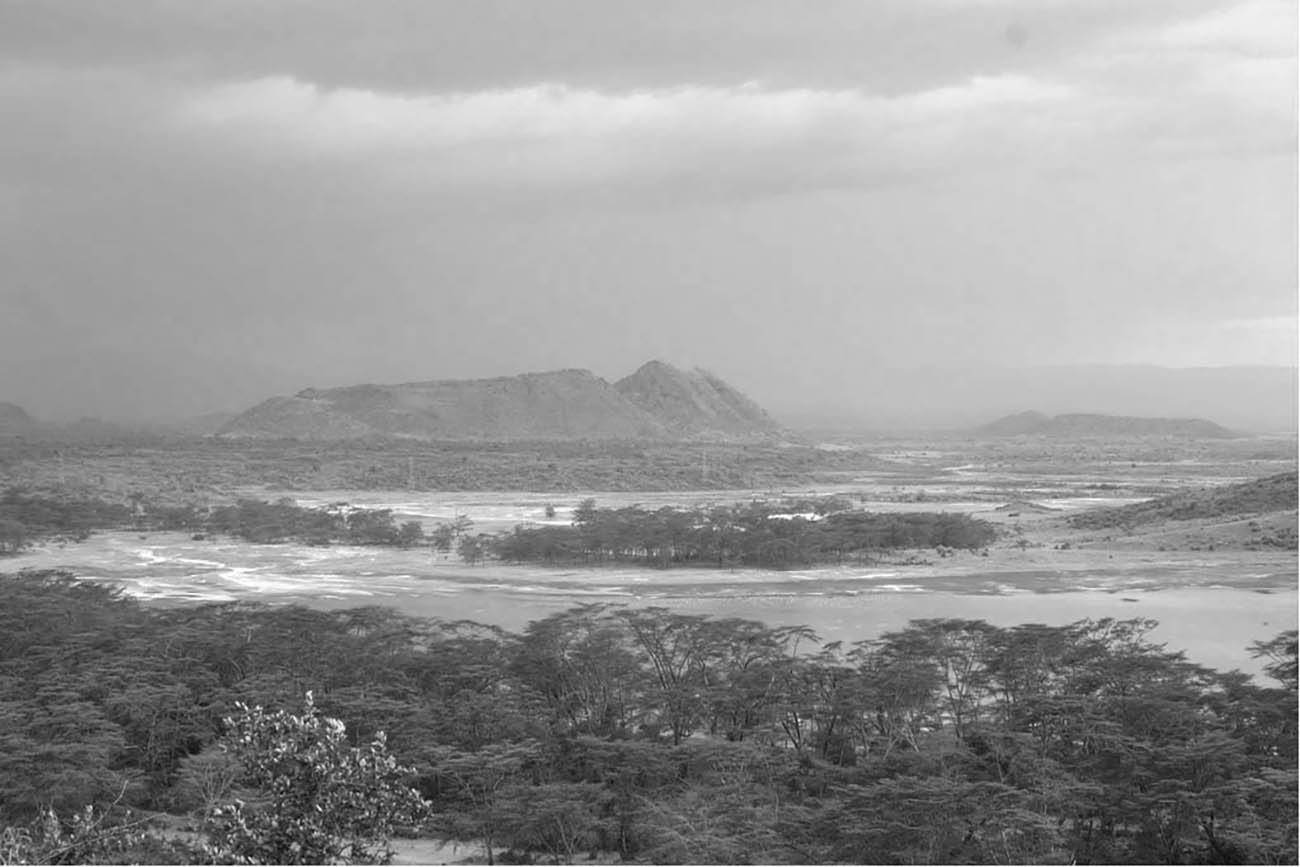
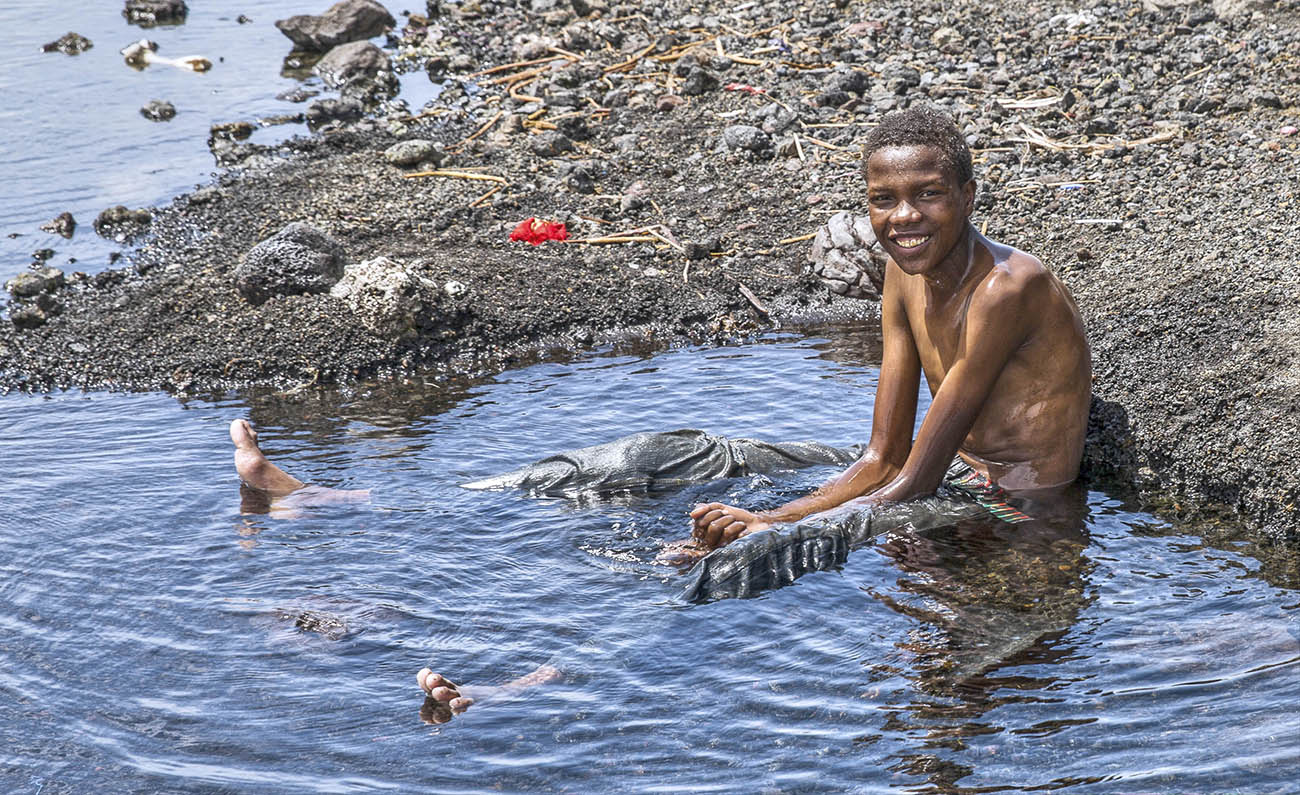
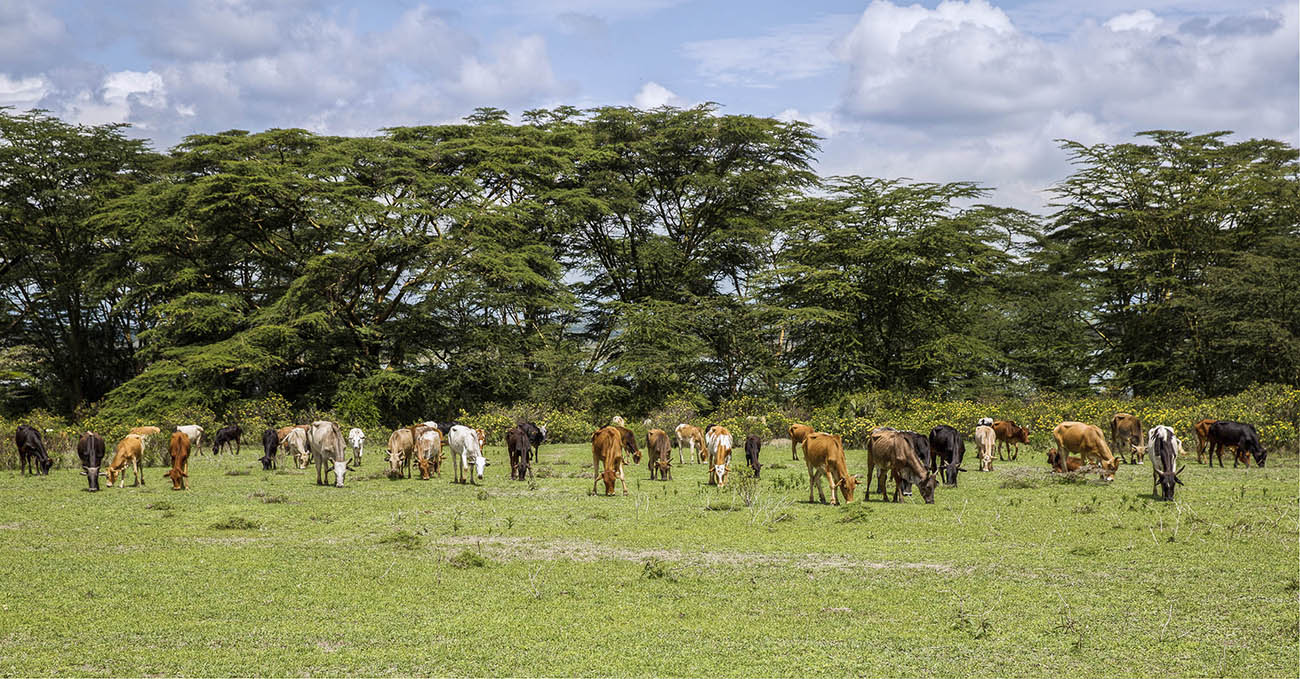
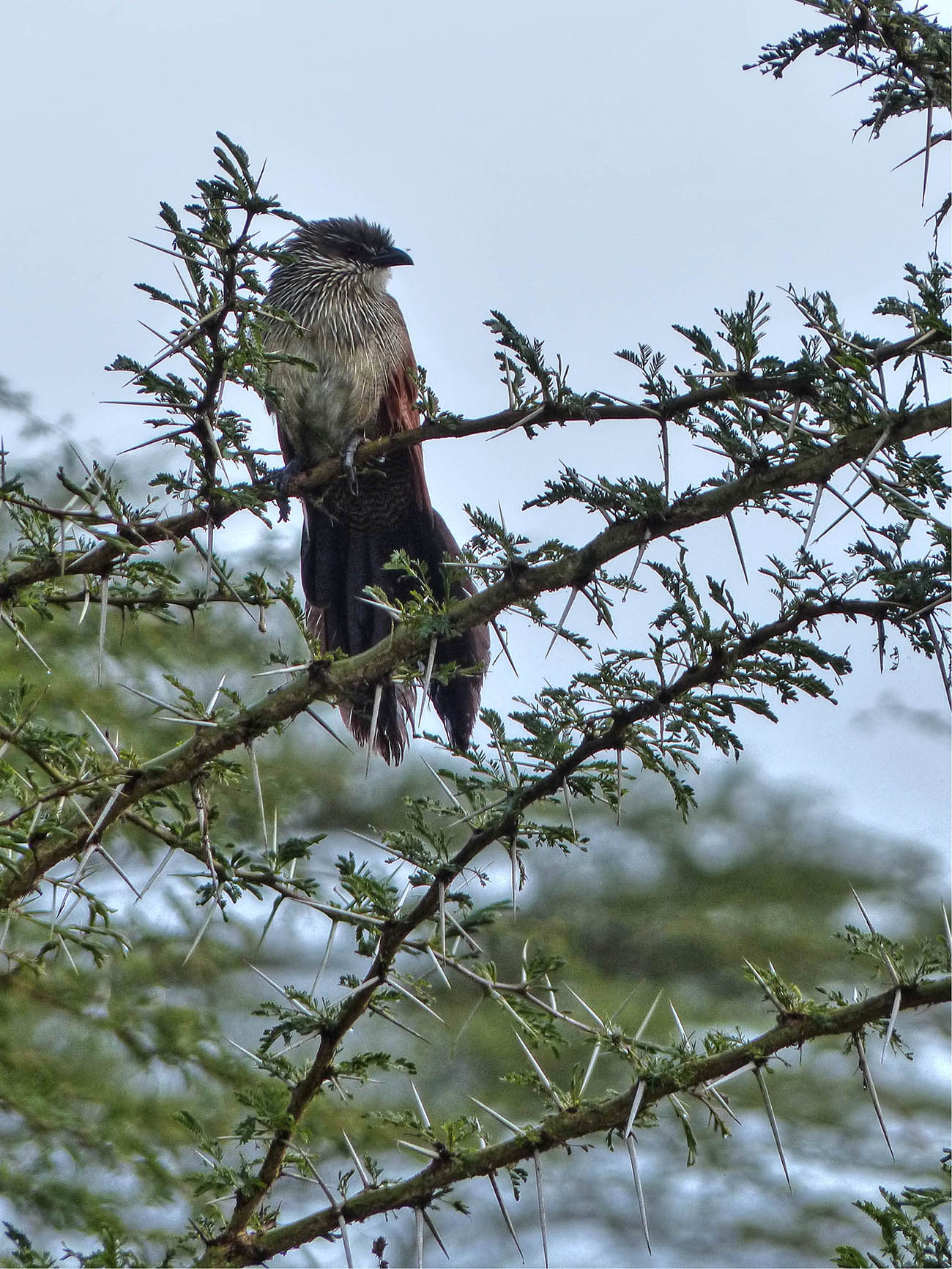
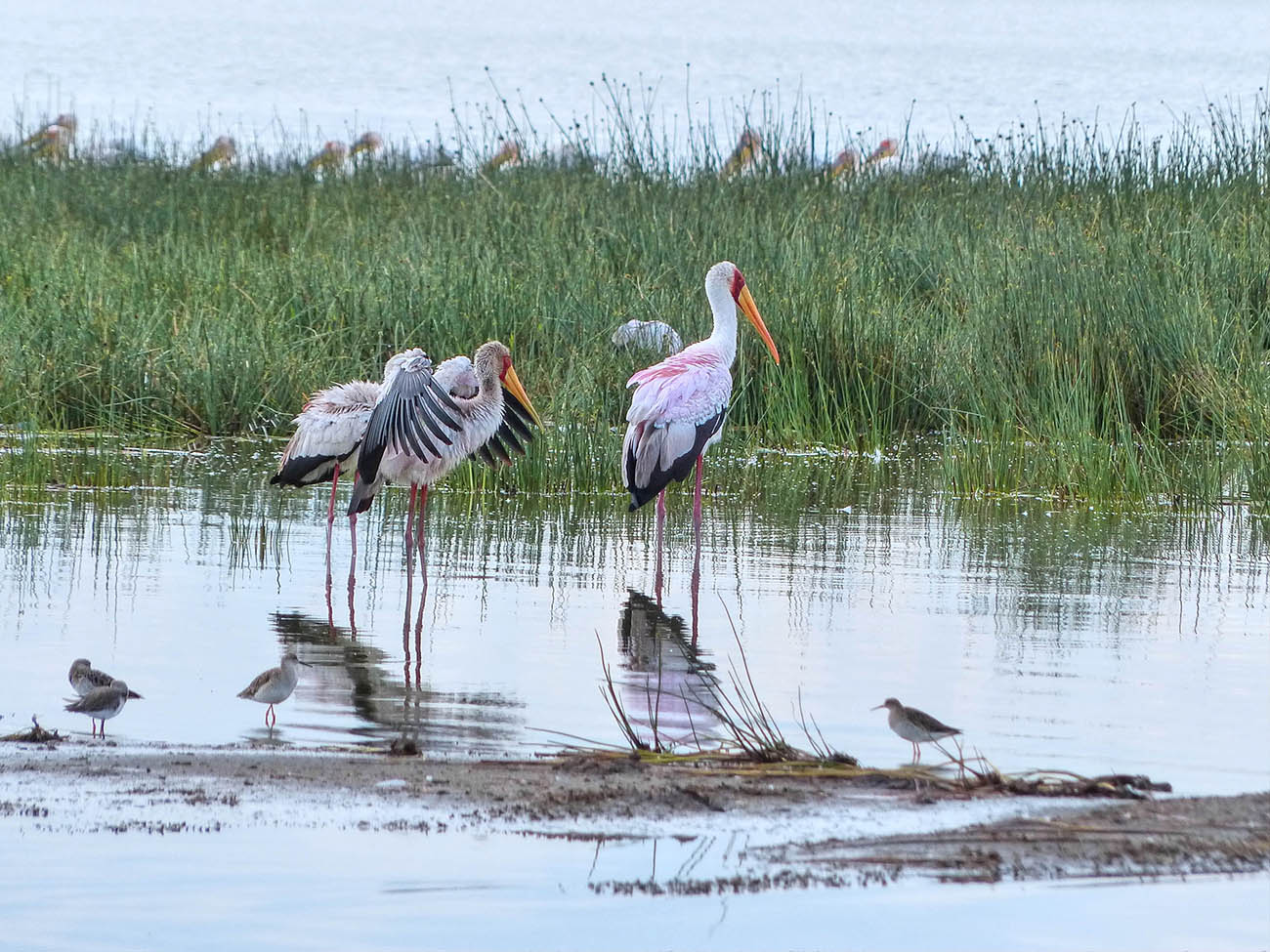
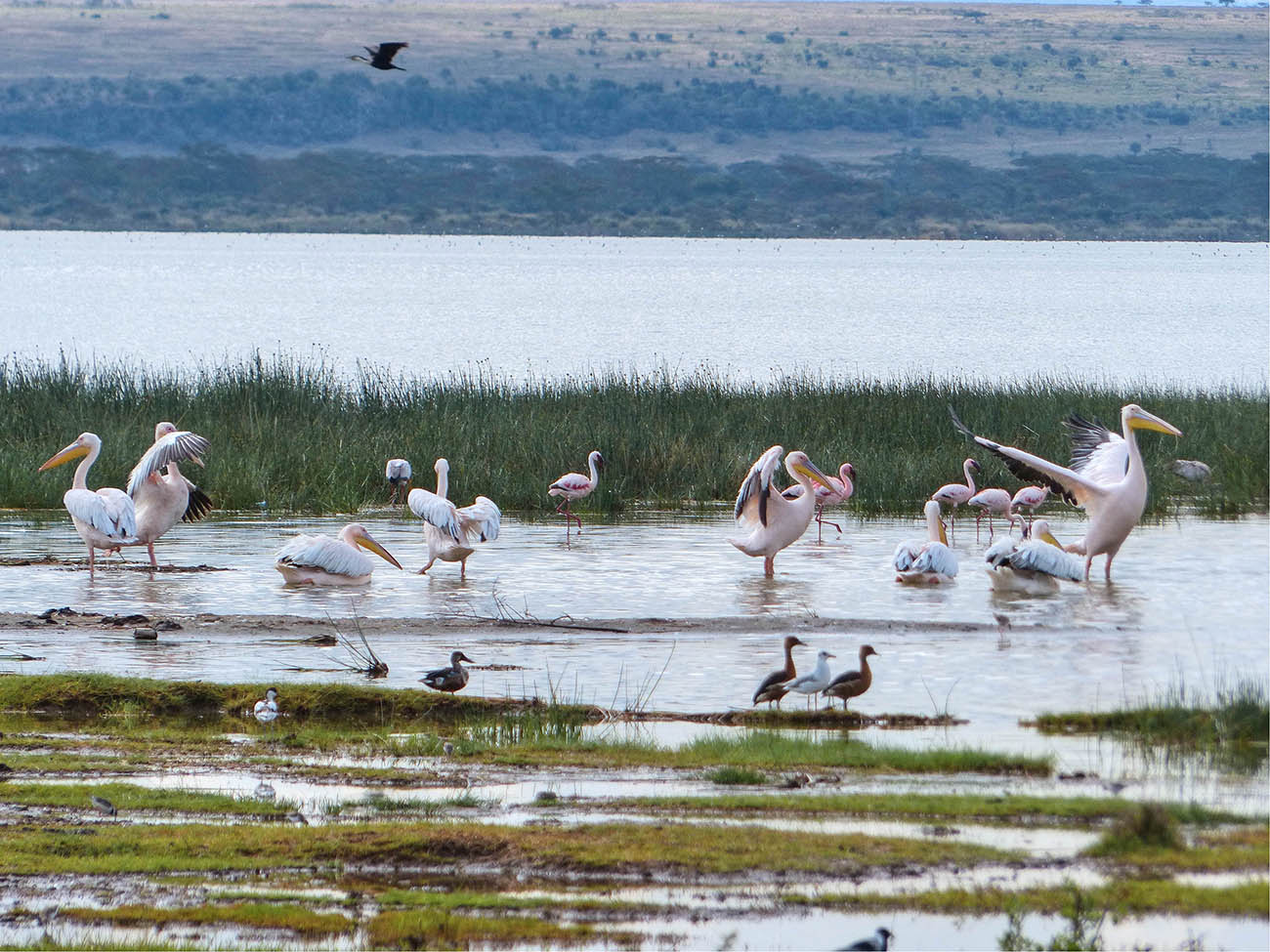
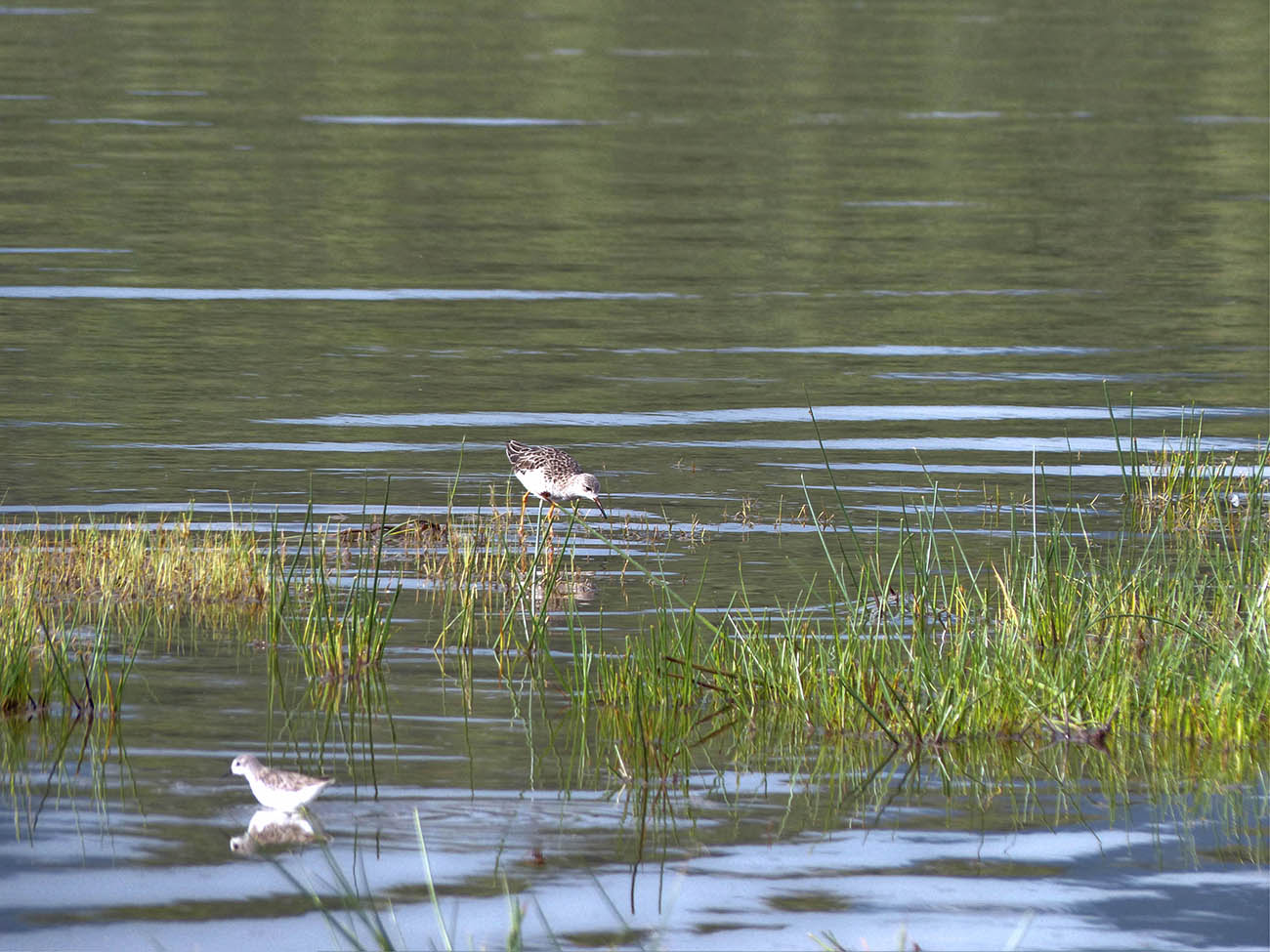
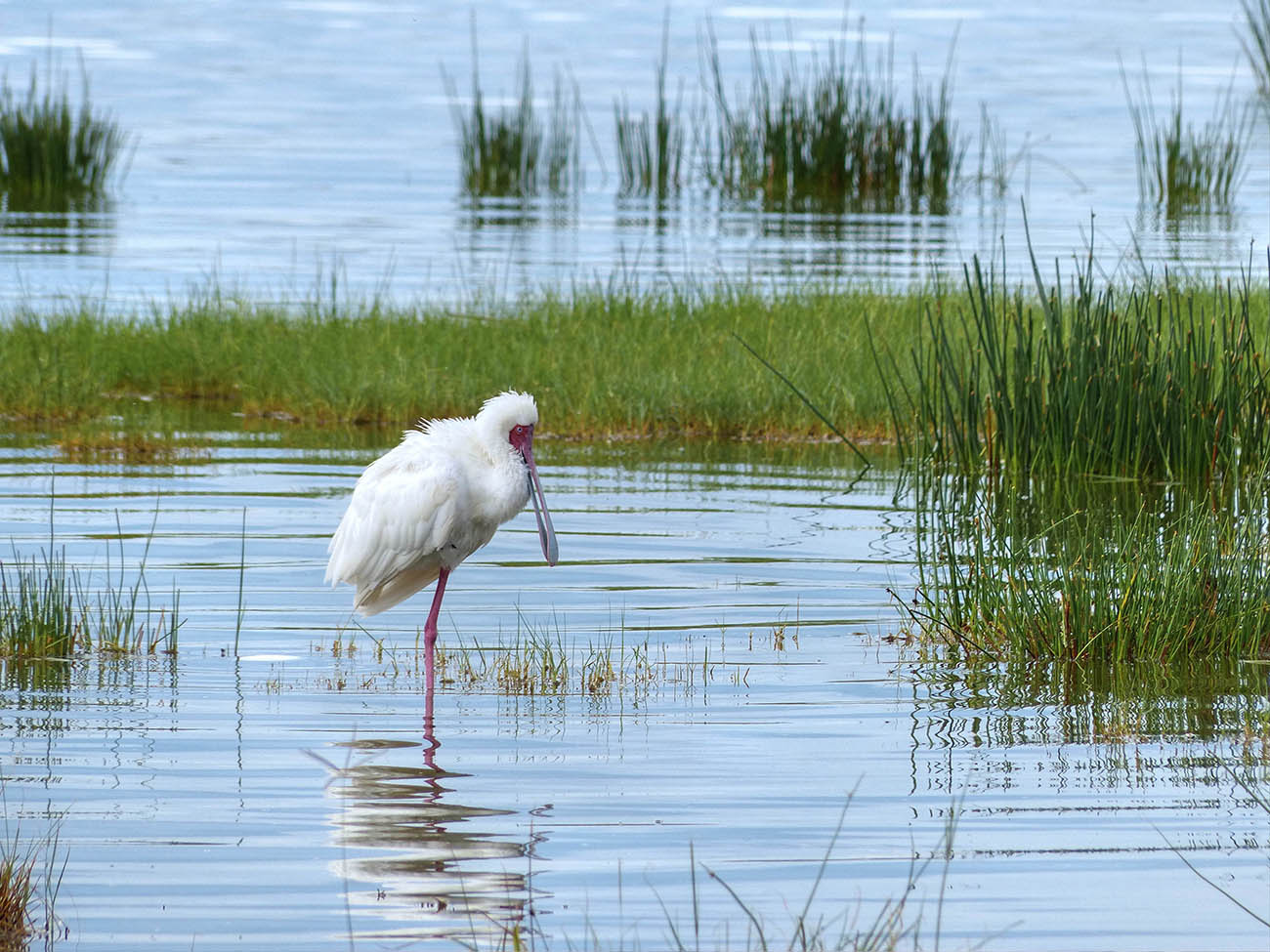
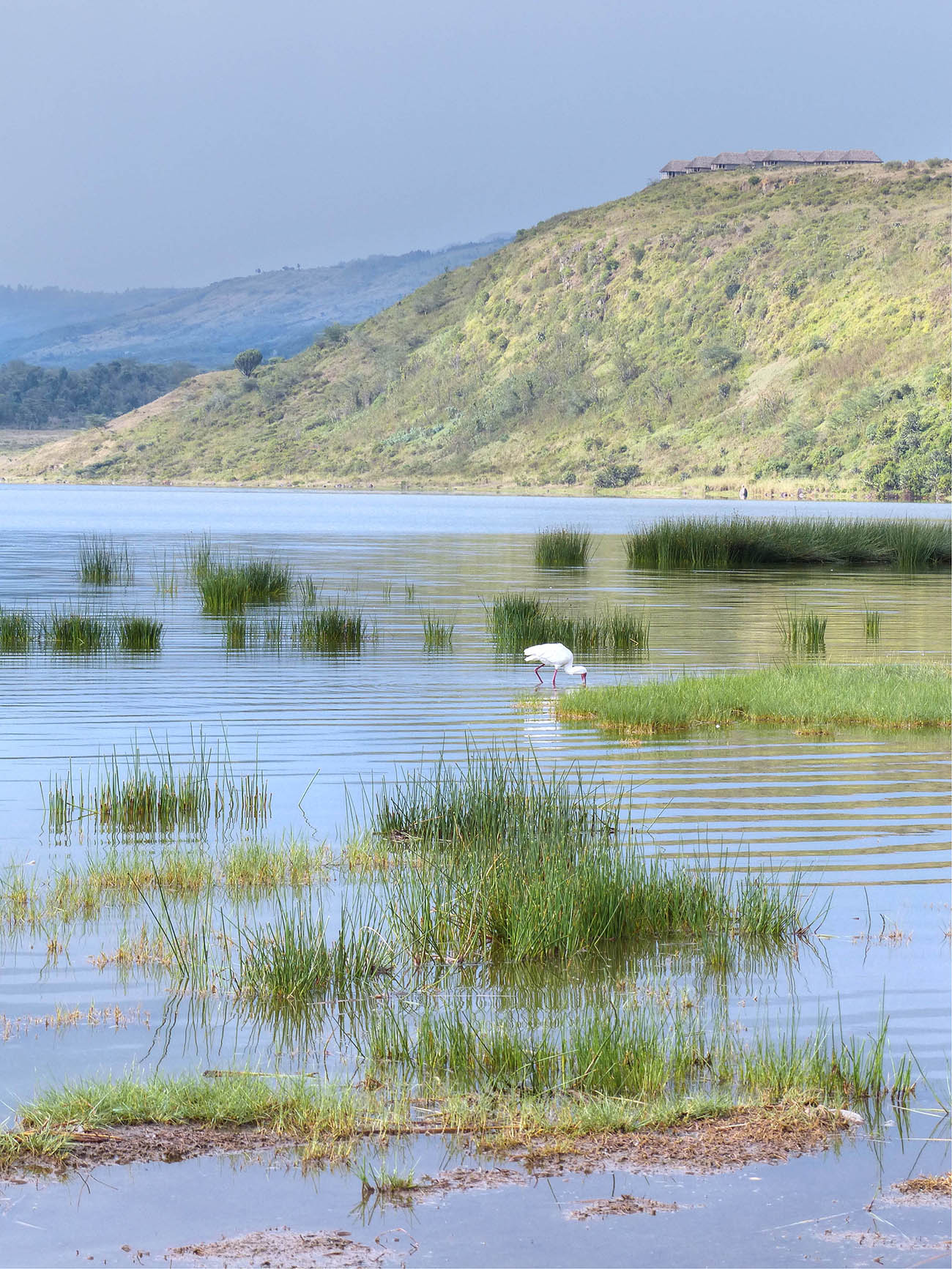
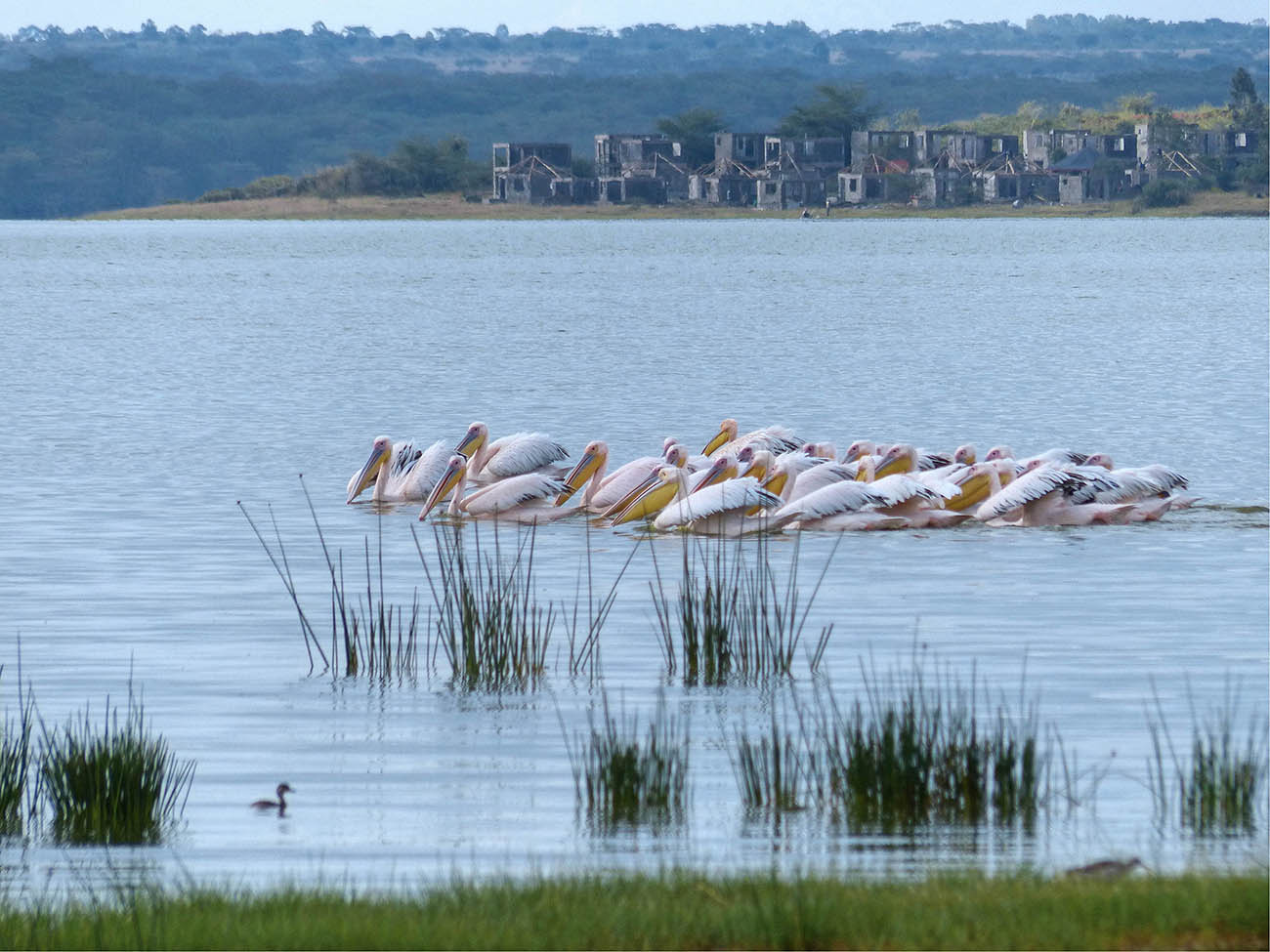
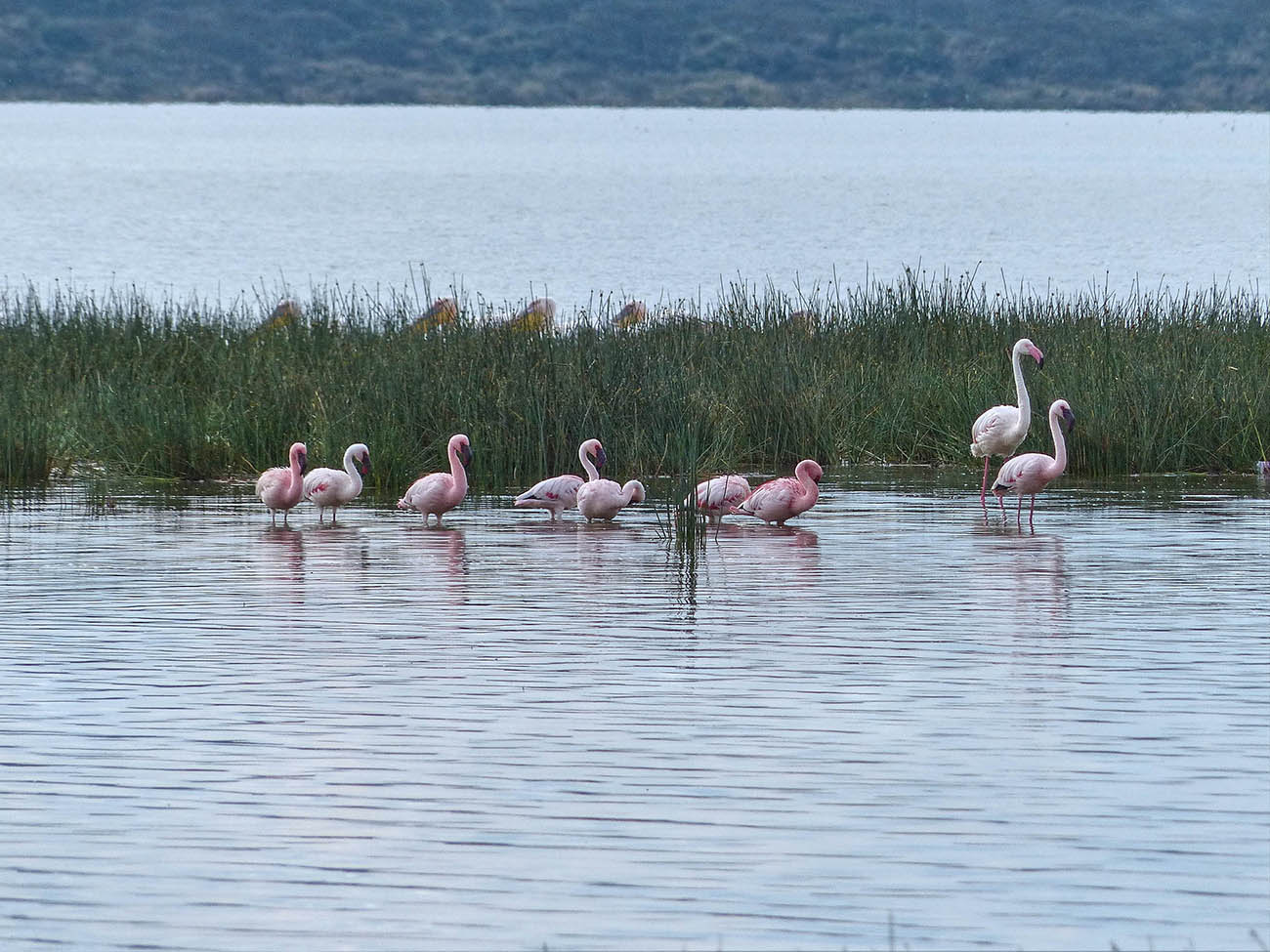
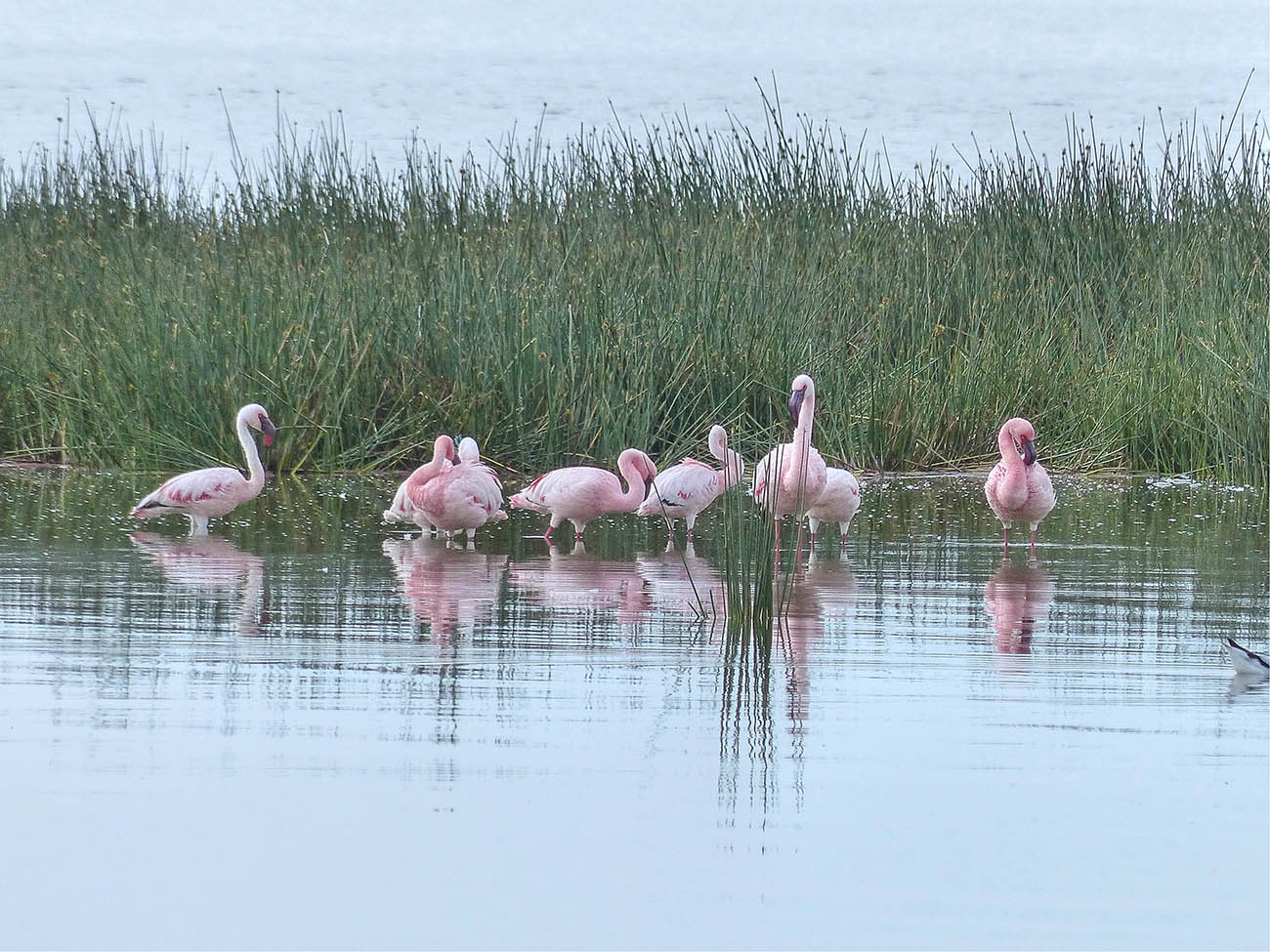
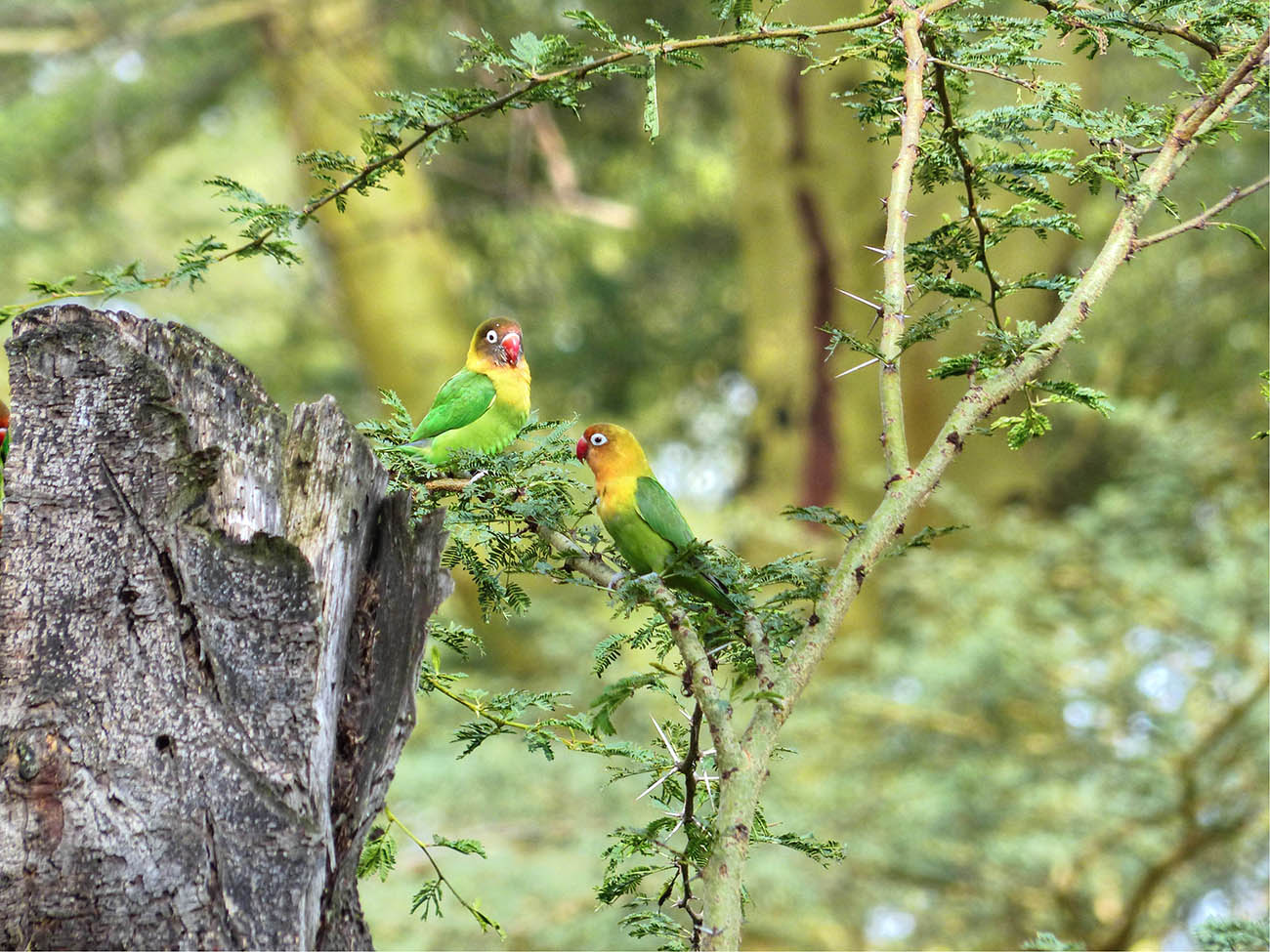
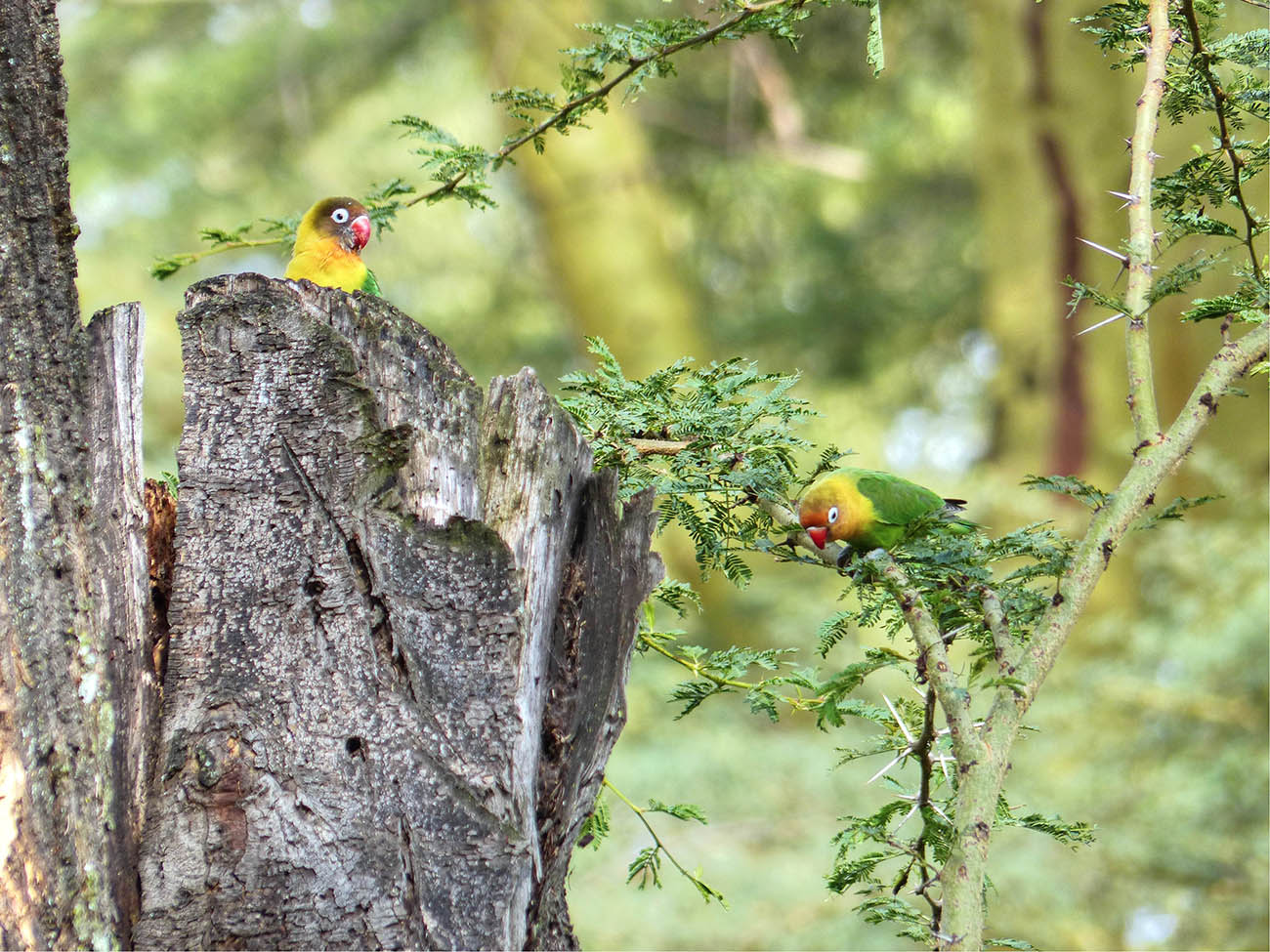
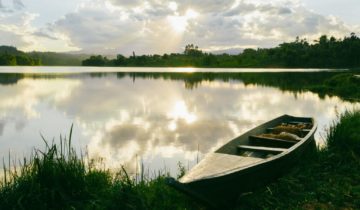
9 Comments
Ooh wow! Absolutely stunning region!!! Would love to see this for myself one day! #wkendtravelinspiration & stumbled
welcome to kenya
Wow! There is some seriously good birding here! Thanks for linking in to #wkendtravelinspiration!
Very interesting information about the algae, alkaline water, and flamingoes. I did not realize there was so much geothermal activity in Africa.
What wonderful photos. They make me want to pack my bags pronto!
this is some of the most dramatic scenery I’ve ever seen. And interesting history. It’s always nice when nature is able to make a come back story.
The badlands of Gilgil look so Lunar… great great photos I must say.
welcome kenya..
Love my mother land, there is more than meet the eyes, beautiful black stone.gilgil is where my heart is